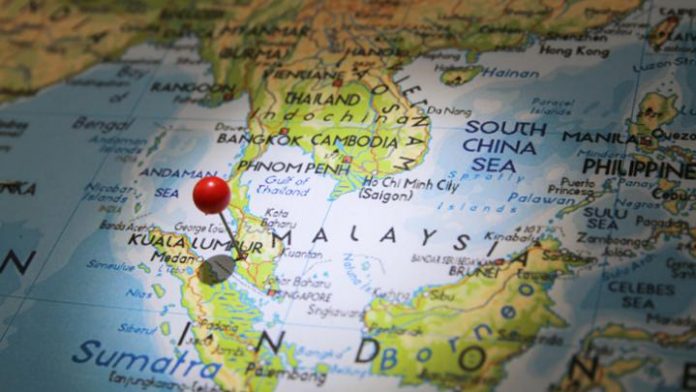Malaysia is looking at new markets for medical tourism, and domestic medical tourism is top of the list. New focus for MHTC is to create awareness among local residents and promote domestic healthcare travel.
As well as focusing on the existing market that is predominantly from Asia, the various ministries and government councils are setting their sights further away. In 2015, 80% of medical tourists to Malaysia were from neighbouring countries, including Indonesia, Thailand and Singapore.
Efforts are being made by the ministry to promote Malaysia to the Middle East, Japan and Bangladesh. Inspired by a steady rise in the number of Bangladeshis seeking healthcare in Malaysia, it is eying Bangladesh as a lucrative market. The number of patients from Bangladesh to Malaysia doubled to 20,000 in 2015 over the last five years.
Kavitha Mathuvay of the Malaysia Healthcare Travel Council says, “We expect 25,000 to 30,000 patients a year from Bangladesh by 2017.Most seek treatment for cardiac and orthopaedic problems”. Many Bangladeshis travel overseas for treatment every year, but most of them visit India, Singapore or Thailand. The MHTC works through its representative in Bangladesh — GD Assist, a subsidiary of Green Delta Insurance Company.
The MHTC is working with Malaysia Airlines that gives a 30% discount to Bangladeshi patients and their family members flying in to Malaysia for treatment. MHTC is in discussion with Biman Bangladesh Airlines to find ways to work together for providing a better service to the people travelling to Malaysia for treatment.
A new focus for MHTC is to create awareness among local residents and promote domestic healthcare travel, by highlighting the specialist services of local hospitals. More Malaysian hospitals are promoting domestic healthcare travel as a specific initiative to expatriates and employees of foreign companies with investments in Malaysia, he says, but domestic promotion among medical tourism agencies and travel agencies is underdeveloped.
The increased importance of the domestic travel market is that, unlike international travel, it is not as sensitive to the volatility of the travel industry. In any year, currency exchange rates, political instability, economic problems, terrorist attacks or disease outbreaks could result in the number of overseas patients dropping, so the domestic sector can stabilise income for hospitals.
Exactly how domestic medical tourism can be promoted is a debate. Ideas include clinics and hospitals linking with travel agents, hotels and hospitals working together, long-term packages covering follow-up treatments at a fixed price, and promoting the benefits of local treatment compared to going abroad. As many as 10,000 Malaysians go abroad for treatment each year.
Domestic medical tourism is massive in India and the USA, but Malaysia is the first country to consider a national strategy and marketing in just the same way as it targets overseas visitors.








 ©2024 All rights reserved LaingBuisson
©2024 All rights reserved LaingBuisson 


